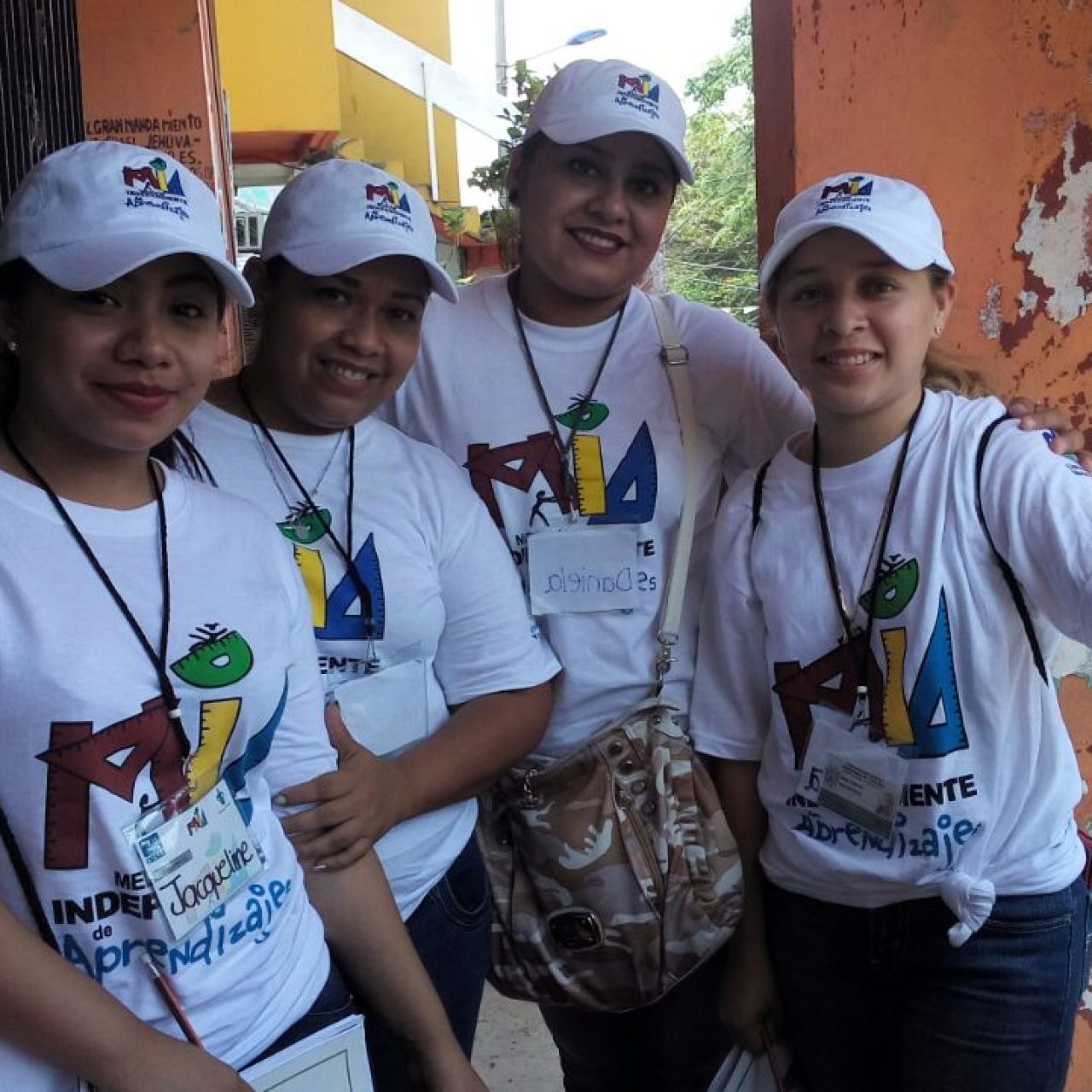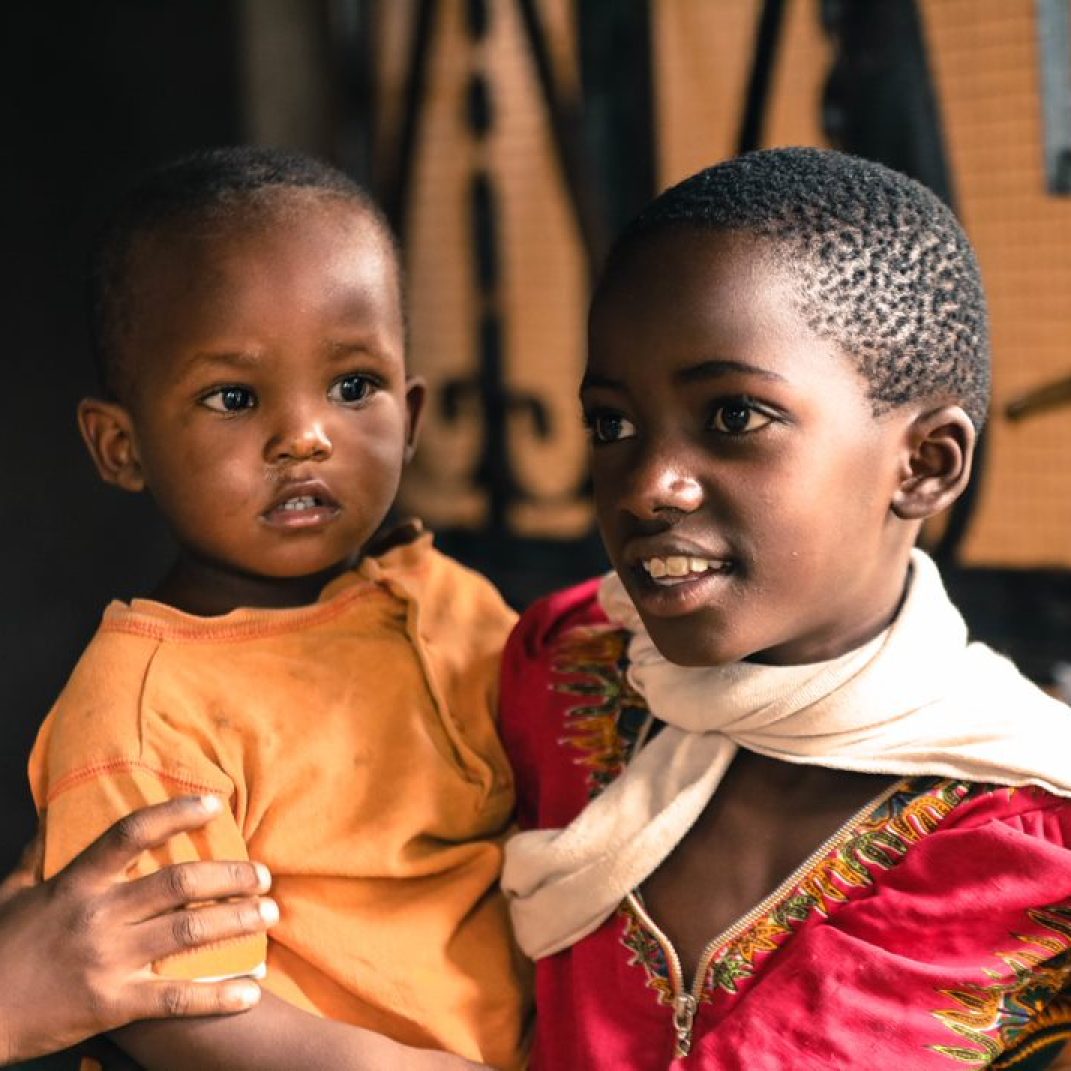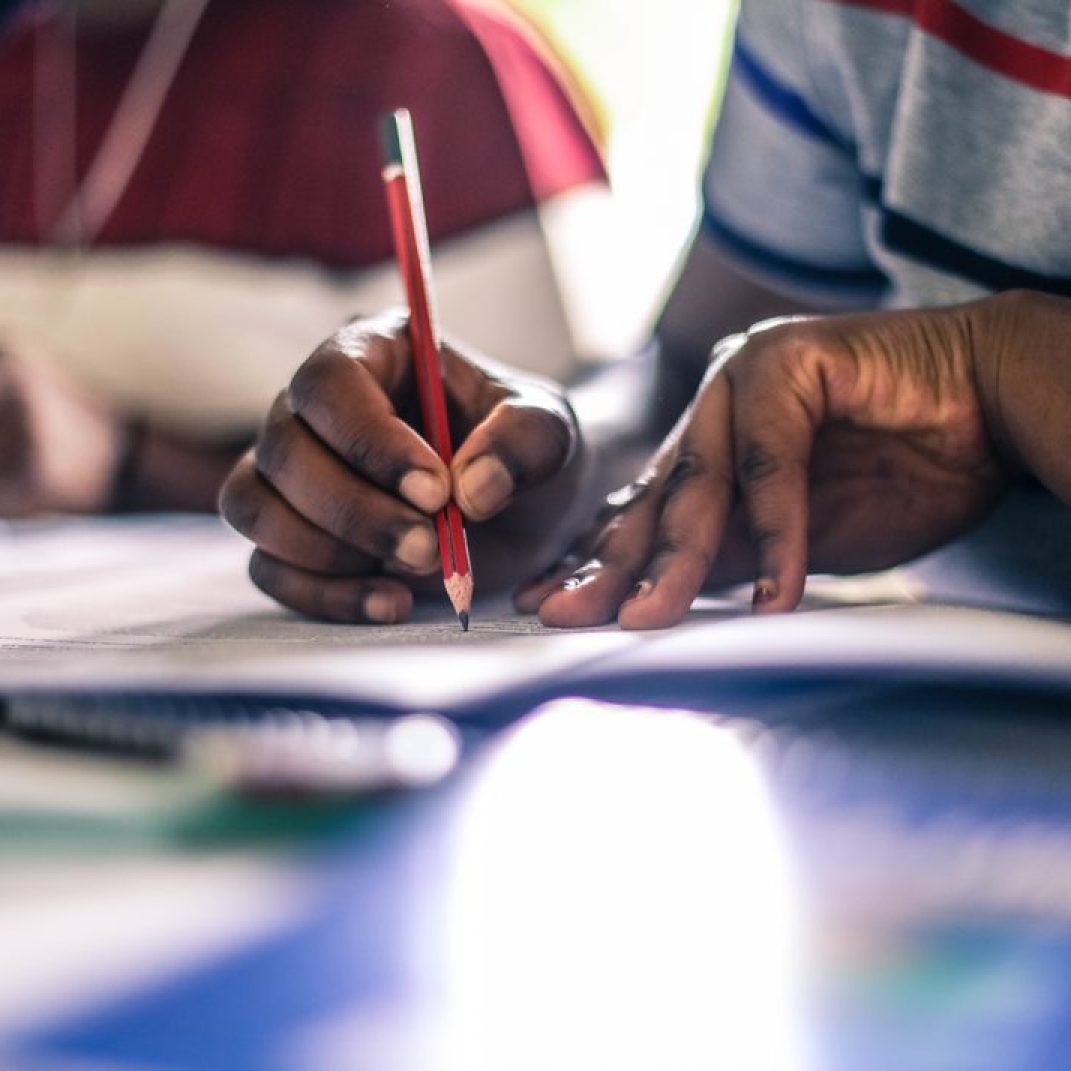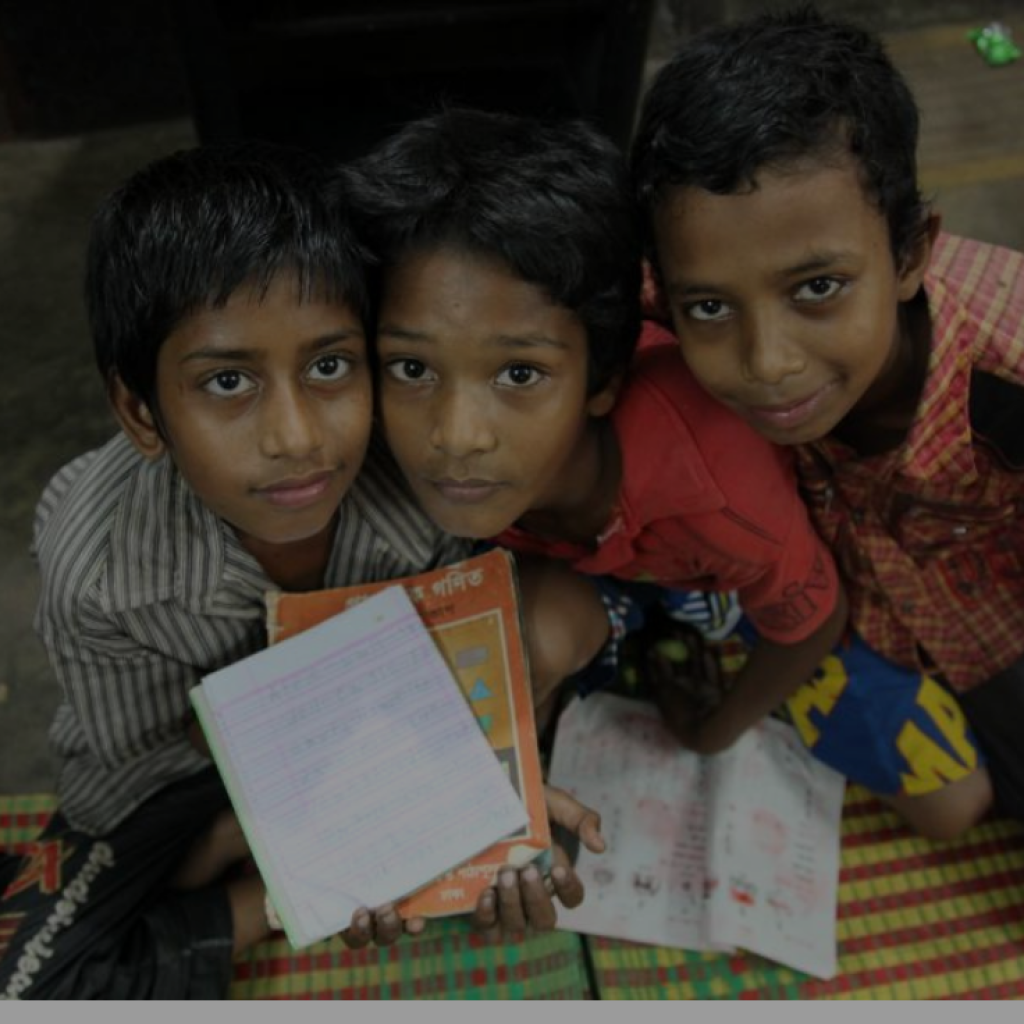ASER CENTRE
Established 2005

BACKGROUND
The ASER Centre has its roots in a Non-Governmental Organisation (NGO) called Pratham. Pratham has worked in communities and schools throughout India to improve enrolment, attendance and learning since 1995. In 2005, the Pratham team initiated the Annual Status of Education Report (ASER) - a national household survey that assesses children’s basic reading and arithmetic skills.
ASER CENTRE AND PRATHAM
The ASER Centre and Pratham remain key partners in each other’s work, with Pratham focused on implementing education programmes, often in partnership with the Government and almost always in collaboration with the communities themselves. The ASER Centre oversees survey design and implementation, conducts data analysis, develops reports and coordinates national and international dissemination.
THE ASER SURVEY
The ASER survey has been conducted every year in every rural district in India since 2005. It is the only current source of national annual information on children’s ability to read and do basic arithmetic in India. Within the ASER Centre, many other research activities take place. The ASER Centre generates data on learning through additional research projects, builds the capacity of organisations at the state and district levels to conduct their own assessments and helps create an enabling environment for evidence-based planning and policymaking.
SURVEY IMPLEMENTATION
Because India is so large, the ASER Centre has 29 state teams. The state teams play the same function as a core central team would in smaller country. ASER has between 500 and 600 District partners across India. District partners are NGOs, CSOs, National Service Scheme volunteer groups, private and government colleges, and teacher training institutes. ASER contracts approximately 1,000 Master Trainers every year, and they are responsible for training between 20,000 and 30,000 volunteers each year.
LANGUAGES OF ASSESSMENT
Tests are developed in 20 regional languages.







